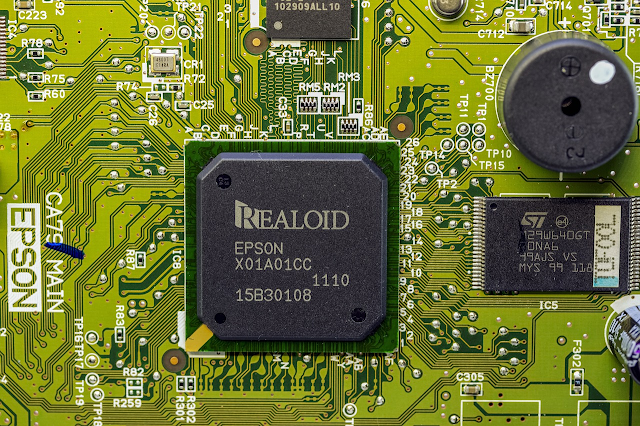Why Laptop GPUs and CPUs Are Not Easily Replaceable
Laptops have become an essential part of modern life, offering portability and convenience. However, one of the biggest limitations of laptops compared to desktops is the inability to upgrade or replace key components like the GPU (graphics processing unit) and CPU (central processing unit). In this article, we will explore the reasons behind this limitation, covering design, compatibility, and technological factors.
1. Compact and Integrated Design
Unlike desktop computers, where components are modular and easily replaceable, laptops prioritize compactness and efficiency. This results in tightly integrated components, making upgrades challenging.
a) Soldered Components
Many modern laptops come with CPUs and GPUs soldered directly onto the motherboard. This design choice reduces size and increases durability but prevents users from swapping out these components for upgrades.
b) Space Constraints
Laptops are designed to be as thin and light as possible. To achieve this, manufacturers integrate the CPU and GPU into the motherboard, minimizing space usage but sacrificing upgradability.
2. Cooling and Power Limitations
Upgrading a laptop’s CPU or GPU is not just a matter of physical compatibility—it also requires appropriate cooling and power management.
a) Thermal Management
High-performance CPUs and GPUs generate significant heat. Laptops have custom cooling solutions tailored to their original hardware specifications. Replacing a CPU or GPU with a more powerful one could lead to overheating issues.
b) Power Consumption
Laptop components are designed for specific power requirements. Installing a more powerful CPU or GPU could lead to instability or excessive battery drain, making the laptop inefficient.
3. Manufacturer and Design Restrictions
a) Custom-Made Components
Laptop manufacturers often design custom processors and graphics cards that are different from standard desktop versions. These components are optimized for power efficiency and space limitations, making them non-interchangeable with off-the-shelf parts.
b) BIOS and Firmware Locking
Many laptop manufacturers lock hardware configurations in the BIOS (Basic Input/Output System) or firmware. This prevents users from upgrading the CPU or GPU even if they manage to install a compatible chip.
4. Lack of Industry Standardization
Unlike desktop motherboards that follow standard socket and chipset designs, laptops do not have universal CPU or GPU sockets. This lack of standardization makes it difficult to create upgradeable laptops.
5. Alternatives to Upgrading Laptop Hardware
While upgrading the CPU or GPU in a laptop is generally not possible, there are other ways to improve performance:
a) External GPUs (eGPUs)
Some high-end laptops support external GPUs via Thunderbolt 3 or 4 ports. While expensive, eGPUs can significantly enhance graphical performance without modifying the laptop’s internal components.
b) RAM and SSD Upgrades
Unlike CPUs and GPUs, many laptops allow users to upgrade RAM (memory) and storage (SSD). Adding more RAM or switching to an NVMe SSD can improve performance.
c) Software Optimization
Keeping your operating system and drivers updated, optimizing startup programs, and cleaning up unnecessary files can help maintain optimal laptop performance.
Conclusion
Laptops are built for portability and efficiency, which often comes at the cost of upgradability. While desktop PCs offer modular upgrades, laptops rely on soldered components, custom designs, and strict power and cooling limits. However, users can still enhance performance through external GPUs, RAM and SSD upgrades, and software optimizations. Understanding these limitations can help consumers make informed decisions when purchasing a laptop, ensuring they choose a model that meets their long-term needs.

